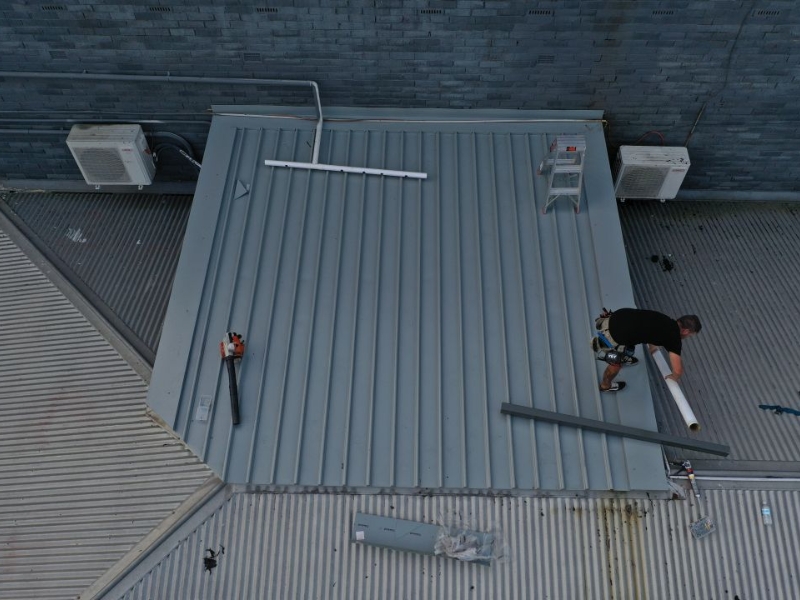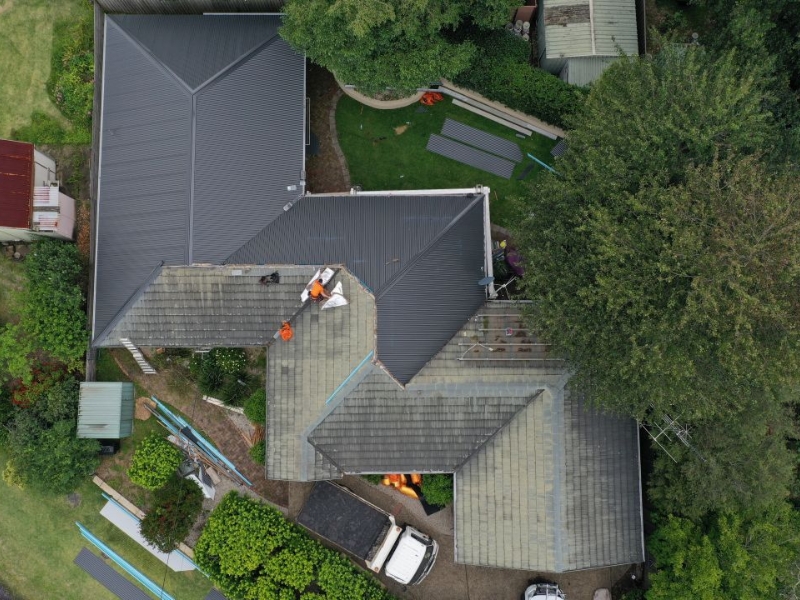Installing a metal roof is no weekend DIY job; it’s a detailed process that demands care, precision, and planning. Whether you’re managing a build or overseeing contractors, using a proper metal roof installation guide gives you the structure to get it right the first time. Without one, you risk skipping essential steps, misusing materials, or even compromising the roof’s entire lifespan. Rushing through a metal roof installation or relying on guesswork can lead to leaks, structural damage, and significant rework. That’s not only frustrating, it’s expensive. For homeowners and tradespeople alike, a guide ensures that no steps are missed, safety standards are followed, and the roof performs well over the decades. This article outlines what a solid installation guide should cover, how it prevents costly mistakes, and what to look out for when installing a metal roof over your head.
What are the essential steps in a metal roof installation guide?
A good guide always begins with prep and ends with inspection. Skipping or rearranging steps leads to long-term issues.
- Site assessment: Check rafter spacing, existing damage, and overall roof pitch before doing anything else.
- Surface preparation: Remove all old roofing materials and inspect the substrate for rot or warping.
- Underlayment installation: Apply high-quality underlayment to protect against moisture and enhance energy efficiency.
- Panel placement: Install metal panels starting from the eaves, ensuring each overlaps consistently for waterproofing.
- Final inspection: Walk the roof, check fasteners, flashings, and seals to ensure the job is complete.
Following these steps helps avoid patch-up jobs later. Every guide worth its salt includes them, and when followed to the letter, they maximise both durability and appearance.
How does proper flashing prevent leaks in metal roofing systems?
Flashing is the silent hero of a metal roofing system. Done right, it stops leaks before they start.
- Step flashing: Installed at junctions with walls, this redirects water away and keeps vulnerable seams sealed.
- Continuous flashing: Used for long edges and valleys, it keeps rain from sneaking in during heavy storms.
- Vent and pipe flashing: Prevents moisture from entering around plumbing penetrations or roof-mounted gear.
- Chimney flashing: Often layered with counter flashing, it keeps rain and condensation from pooling.
If flashing is improperly cut or poorly sealed, leaks will follow within weeks. Good flashing work is clean, tight, and deliberate. Those planning installs should start by understanding permit requirements for metal roof installation, which often highlight flashing standards.
Which tools are necessary for a successful metal roof installation?

Getting the job done safely and accurately depends on having the right tools. Not all standard tools will cut it.
- Cordless drill: Must include torque control for consistent screw installation and to avoid panel damage.
- Metal snips or shears: Used for precise panel cutting without burrs that weaken the edges,
- Chalk line and tape measure: Ensures your layout remains straight and symmetrical.
- Roof harness and safety gear: Keeps you protected, especially on steep or high roofs.
Trying to install a roof without proper tools is a recipe for injury and repair bills. Having quality gear on hand helps avoid do-overs and ensures your work remains clean and consistent. You’ll also be better prepared to resolve recurring issues in metal roof repairs that tend to crop up post-install.
Can incorrect fastener placement compromise your metal roof?
Absolutely. Poor fastener placement is one of the most common—and costly—mistakes in installation.
- Over-tightening: Flattens washers, cracks seals, and allows water to seep in over time.
- Under-tightening: Leaves gaps that allow wind and moisture to enter the structure.
- Edge proximity: Placing screws too close to panel edges causes splits and premature corrosion.
- Uneven spacing: Causes warping, stress cracks, and uneven thermal movement.
Even a few poorly placed screws can unravel an otherwise solid job. Fasteners should never be rushed—they’re the backbone of roof integrity. A seasoned installer will always double-check rows, overlap margins, and pressure.
What safety protocols are typically outlined in a metal roof installation guide?
Roofing is no place to wing it. The risk of falls, electric shock, and material mishandling is real.
- Fall arrest systems: Safety harnesses must be used at heights and anchored to load-bearing points.
- Scaffolding and edge protection: Required on pitched or multi-storey roofs to prevent serious injury.
- Weather checks: Wind, rain, or extreme heat increase slip hazards and material warping.
- PPE and communication: Hard hats, gloves, radios, and emergency plans are all non-negotiables.
Skipping safety steps doesn’t save time—it costs lives. Most guides outline procedures in line with current codes. Installers should also stay informed through regulatory guidance for installing metal roof systems, as standards are often updated.
How does panel alignment affect the longevity of a metal roof?
Aligning panels isn’t just about looks—it’s critical for long-term performance.
- Water flow: Panels must be sloped and overlapped correctly to ensure proper drainage.
- Wind resistance: Misaligned seams allow air to catch, increasing the risk of uplift during storms.
- Thermal movement: Poor spacing restricts metal expansion, leading to rippling and screws popping.
- Curb appeal: Uneven lines make even premium roofs look amateur and lower resale value.
Misaligned panels don’t just look wrong—they perform poorly. That’s why layout lines and overlap guides matter. To avoid costly mistakes, ensure you find the right metal roof installation guide for your specific roofing needs and follow it precisely.
Are there specific considerations for installing metal roofs in coastal areas?
Yes, coastal installs come with extra pressure—salt air and harsh winds can destroy a roof in no time.
- Material choice: Opt for marine-grade aluminium or coated steel designed for corrosion resistance.
- Fastener quality: Use stainless steel or specially treated fasteners to prevent rust streaks.
- Extra sealant: Reinforce seams and ridges where salt spray can intrude.
- Shorter maintenance intervals: Plan for annual inspections to spot rust or lift early.
Using standard materials near the sea is asking for trouble. Adjusting your method from the start saves you from major damage.
Common Error | Why It Happens | Resulting Issue | Estimated Cost to Fix |
Misplaced flashing | Rushing through valleys | Leaks and ceiling stains | $2,000–$4,000 |
Misaligned panels | Skipped chalk lines | Wind uplift | $1,200–$3,500 |
Fastener mistakes | Poor pressure control | Corrosion and movement | $800–$2,500 |
Inadequate sealant | Wrong product or method | Water ingress | $600–$1,500 |
Final thoughts
A roof isn’t something you want to fix twice. A proper guide gives you the roadmap to get it done safely and correctly—from the first screw to the last inspection. Skip it, and you’re rolling the dice with your investment. Use a trusted source, follow each step with care, and keep safety at the centre of the job. The roof over your head depends on it. For property-specific advice or help navigating site conditions, speak to the team at Scott’s Metal Roofing for tailored roofing advice.

